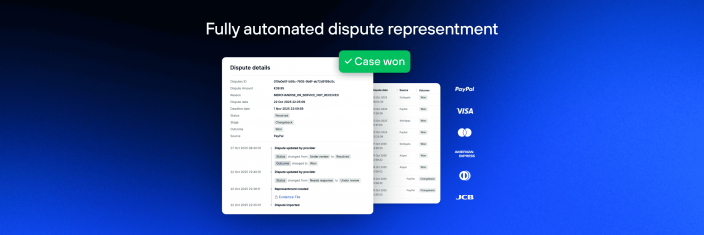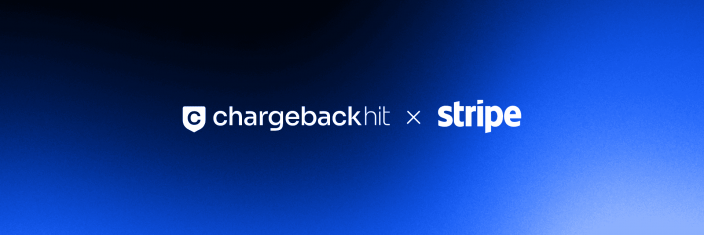Chargeback Process
Every chargeback initiates with a disputed payment, typically initiated by the cardholder, although in certain cases, the issuing bank may file a chargeback for technical reasons. Once the merchant is notified of the dispute, they have two options: accept the chargeback or pursue representment.
If the merchant accepts the chargeback, the cardholder retains the refunded funds and closes the case. However, suppose the merchant decides to challenge the chargeback through representment. In that case, they must submit evidence to the issuing bank, which will then review the information and determine whether to reverse the chargeback. If the issuer upholds the chargeback, the case can be appealed to the credit card network.
The chargeback process can be demanding for merchants due to the significant involvement required at each stage. Every step necessitates some form of action or response from the merchant to proceed. Failure to respond may result in default acceptance of the chargeback, making it permanent and non-contestable.
The primary participants in the chargeback process include the cardholder/customer, the merchant, the issuing bank (Issuer), the acquiring bank (Acquirer), and sometimes the credit card network. Merchants must be attentive to the expected responses and the corresponding deadlines, which may vary between networks and can be further complicated by factors like chargeback alerts or deflection services. Proactively adhering to the required actions and timelines is crucial for effectively navigating the chargeback process.
 PayPal
PayPal Blog
Blog

